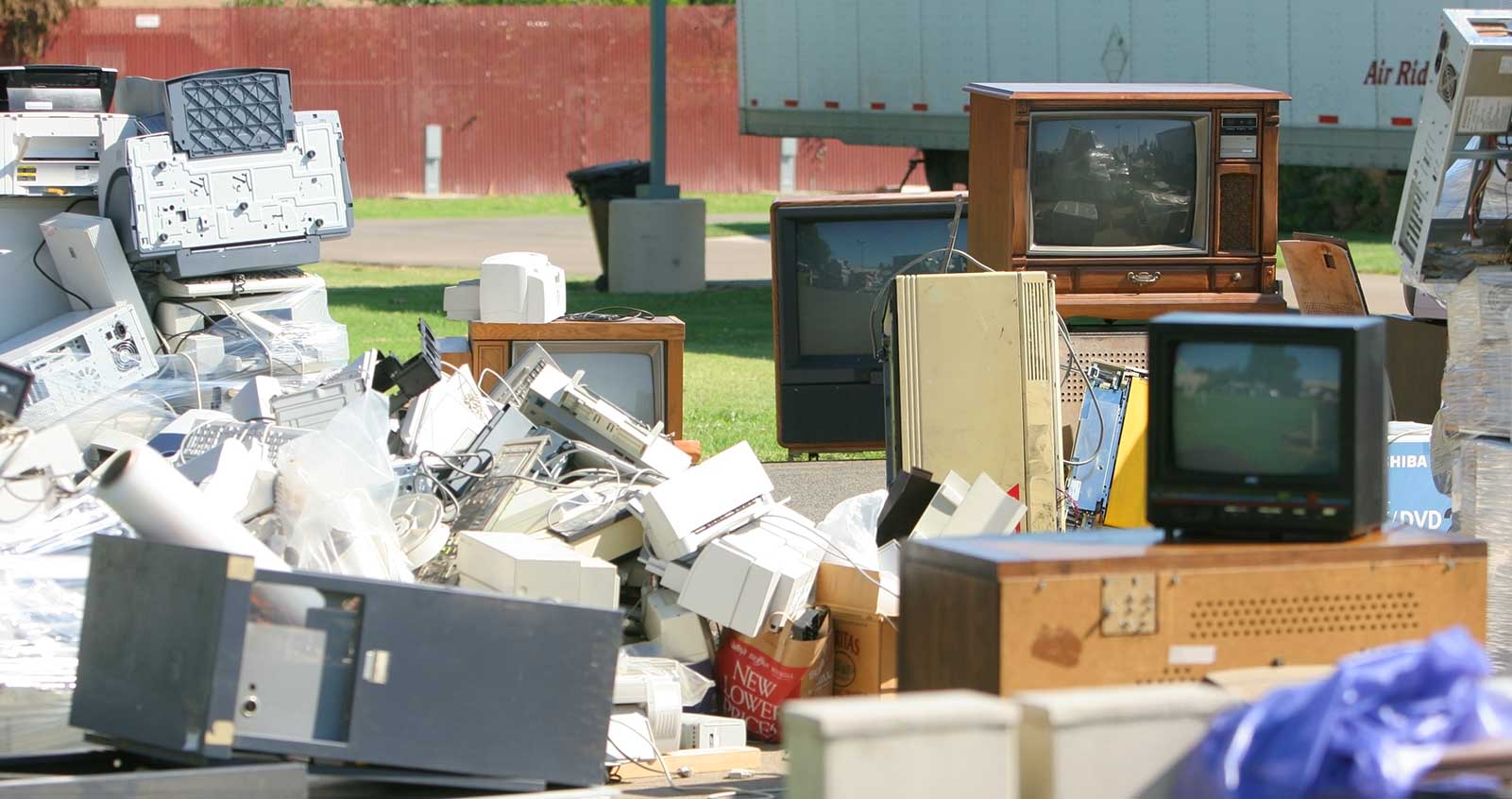Skip Bag Size Refresher
Posted on 25/07/2024
Skip bags offer a flexible and convenient waste disposal option for both residential and commercial use. Whether you're clearing out your garden, renovating your home, or managing a construction site, understanding the various skip bag sizes available can help you choose the best option for your needs. In this skip bag size refresher, we'll delve into the different sizes, their uses, and some practical tips to make the most out of skip bags.
Common Skip Bag Sizes
Skip bags come in several sizes, each designed to handle different types and quantities of waste. Here are the most common sizes:
1. Mini Skip Bags
- Capacity: Approximately 1 cubic yard (holds about 20-30 black bin bags)
- Ideal For: Small domestic projects, garden waste, or minor renovations.
2. Midi Skip Bags
- Capacity: Around 2-3 cubic yards (accommodates roughly 30-50 black bin bags)
- Ideal For: Medium-sized renovations, garden clean-ups, and small home improvement projects.
3. Maxi Skip Bags
- Capacity: About 4-6 cubic yards (fits around 50-80 black bin bags)
- Ideal For: Larger home renovations, office clear-outs, and moderate construction waste.
4. Builders Skip Bags
- Capacity: Roughly 6-8 cubic yards (holds approximately 80-100 black bin bags)
- Ideal For: Construction sites, major home refurbishments, and substantial garden clearance.
5. Large Skip Bags
- Capacity: Up to 15 cubic yards (fits about 140-160 black bin bags)
- Ideal For: Large construction projects, commercial waste disposal, and bulky item clearances.

Choosing the Right Skip Bag Size
Selecting the appropriate skip bag size is crucial to ensure efficiency and cost-effectiveness. Here are some factors to consider:
- Type of Waste: Different sizes are suitable for different kinds of waste, from household rubbish to heavy construction debris.
- Volume of Waste: Estimate the amount of waste you plan to dispose of before selecting a skip bag size.
- Space Availability: Ensure you have enough space for the skip bag, especially when dealing with larger sizes.
Pros and Cons
Pros:
- Convenience: Skip bags are easy to use and can be placed in convenient locations.
- Flexibility: Available in various sizes to suit different needs.
- Environmental Impact: Encourage proper waste disposal and recycling practices.
- Cost-Effective: Often cheaper than traditional skip hire services.
Cons:
- Size Limitations: Might not be suitable for extremely large or heavy waste loads.
- Collection Restrictions: Some areas might have specific rules about where skip bags can be left for collection.
- Weight Restrictions: Overloading can incur additional charges or may not be collected.
Tips for Effective Skip Bag Use
- Plan Ahead: Determine the type and amount of waste before choosing a skip bag size.
- Compact Waste: Break down large items to maximize space within the skip bag.
- Follow Guidelines: Adhere to local regulations and collection schedules to avoid fines or missed pickups.
- Avoid Prohibited Items: Ensure you know what can and cannot be disposed of in skip bags to prevent additional charges.

Takeaways
- Variety: Skip bags come in multiple sizes, each tailored for specific waste disposal needs.
- Practicality: Choosing the right size can save you time and money.
- Environmental Benefits: Proper waste management through skip bags can aid in recycling efforts.
- User-Friendly: Skip bags are easy to use and can be placed where most convenient for you.
Conclusion
Skip bags provide a versatile and efficient solution for managing waste disposal across various settings. By understanding the different skip bag sizes and how to choose the right one, you can ensure a hassle-free and cost-effective disposal experience. Remember to plan ahead, follow guidelines, and consider both the pros and cons to make the most out of your skip bag hire. Whether for a minor home decluttering project or a substantial construction site, skip bags offer an accessible and eco-friendly way to handle waste.




